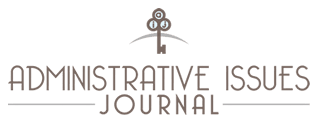
Abstract
The freedom to express the self and the right to a free public education sets the American public school experience apart from those of many other nations. The combination of the two often creates tensions and confrontations that become contentious leading to litigation. For the past fifty years the courts have attempted to balance the symbolic rights of students with the obligation of the school to protect students from bullying, while maintaining decorum that allows all students to pursue an education free from intimidation. Young people express themselves in many ways, often in a symbolic manner that involves the wearing of a t-shirt or other artifacts conveying their self-expression of ideas and idiosyncrasies. When the learning environment is jeopardized as a result of that speech, the courts have been called upon to determine whether or not the suppression of the speech by school officials is appropriate. Tinker v. Des Moines has served as the bedrock case for symbolic speech, and, since then, there are those who have contend ed that the courts have chipped away at student rights. The case of Zamecnik v. Indian Prairie School District 204 is illustrative of this contention.
Recommended Citation
Waggoner, Charles R.
(2013)
"THE IMPACT OF SYMBOLIC SPEECH IN PUBLIC SCHOOLS: A SELECTIVE CASE ANALYSIS FROM TINKER TO ZAMECNIK,"
Administrative Issues Journal: Vol. 3:
Iss.
1, Article 8.
Available at:
https://dc.swosu.edu/aij/vol3/iss1/8
Included in
Health and Medical Administration Commons, Higher Education Administration Commons, Public Administration Commons
Please consider contributing an article to Administrative Issues Journal, our submission policy: http://www.swosu.edu/academics/aij/guidelines.aspx
